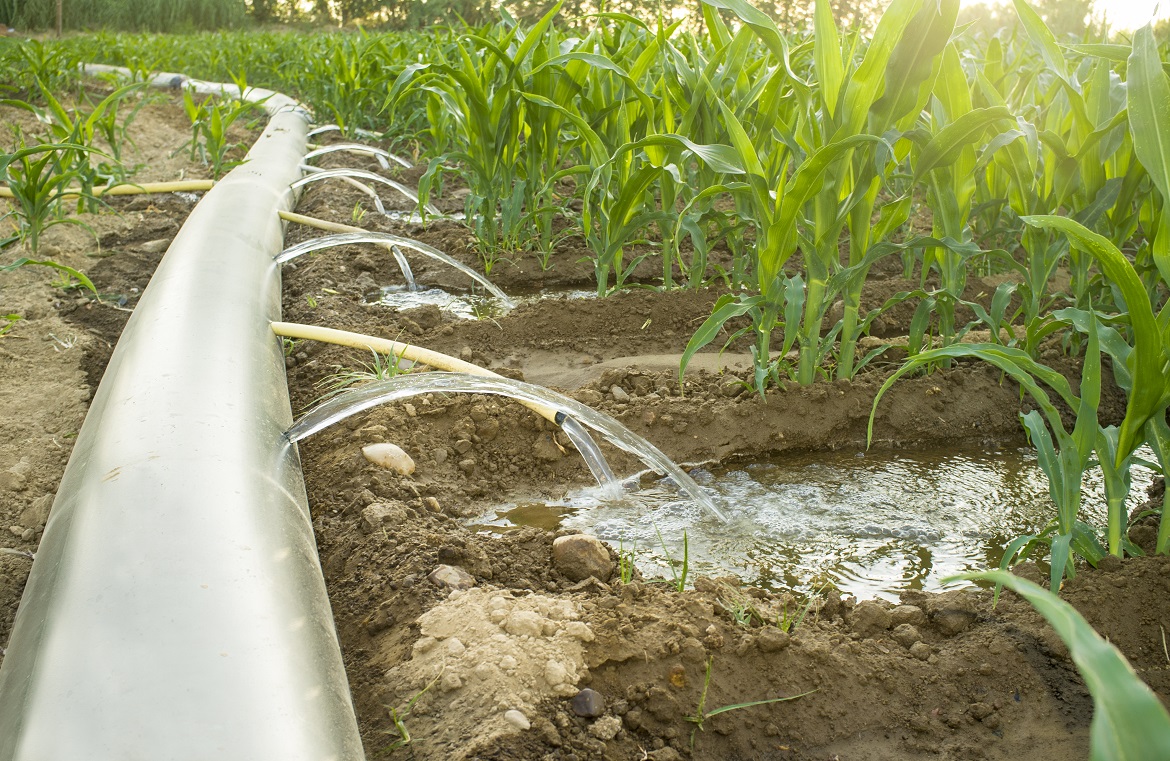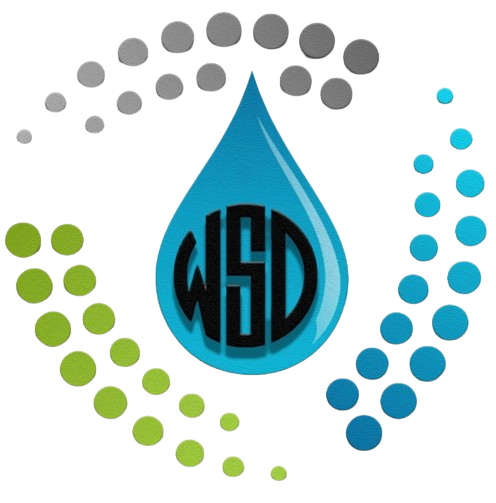Irrigation Designing

Site Assessment: Begin by conducting a thorough assessment of the site where irrigation will be implemented. Consider factors such as soil type, slope, climate, water source availability, and the specific needs of the crops to be irrigated.
Water Source Identification: Determine the source of water for irrigation, whether it's surface water (rivers, lakes, reservoirs), groundwater (wells, aquifers), or recycled water. Assess the quality and quantity of water available and ensure it meets the needs of the irrigation system.
Water Requirements: Calculate the water requirements of the crops being irrigated based on factors such as crop type, stage of growth, evapotranspiration rates, and local climate conditions. This information helps determine the irrigation system's water delivery capacity.
Irrigation Method Selection: Choose the appropriate irrigation method based on factors such as crop type, soil characteristics, topography, and water availability. Common irrigation methods include drip irrigation, sprinkler irrigation, surface irrigation, and subsurface irrigation.
Design Layout: Design the layout of the irrigation system, including the placement of water sources, pipes, valves, emitters/sprinklers, and control devices. Consider factors such as water pressure, flow rates, spacing between emitters/sprinklers, and irrigation zone boundaries.
Hydraulic Design: Calculate hydraulic parameters such as flow rates, pressure losses, and pipe sizes to ensure proper water distribution and uniformity throughout the irrigation system. Use hydraulic modeling software or formulas to optimize the design for efficiency and performance.
Automation and Control: Incorporate automation and control devices such as timers, sensors, and irrigation controllers to regulate water delivery, monitor soil moisture levels, and adjust irrigation schedules based on environmental conditions.
System Components Selection: Select high-quality components such as pipes, fittings, valves, pumps, filters, and emitters/sprinklers that are suitable for the specific requirements of the irrigation system. Consider factors such as durability, efficiency, and compatibility with other system components.
Sustainability Considerations: Integrate sustainability principles into the irrigation design by minimizing water waste, energy consumption, and environmental impact. Use water-efficient irrigation technologies, implement water-saving practices, and consider options for using recycled water or rainwater harvesting.
Regulatory Compliance: Ensure compliance with local regulations, codes, and permitting requirements related to water use, irrigation practices, and environmental protection. Obtain necessary permits and approvals before implementing the irrigation system. 1. Maintenance and Operation: Develop a maintenance plan and operation schedule to ensure the proper functioning of the irrigation system over time. Regular inspections, repairs, and adjustments are essential to maximize efficiency, minimize downtime, and prolong the lifespan of the system.
